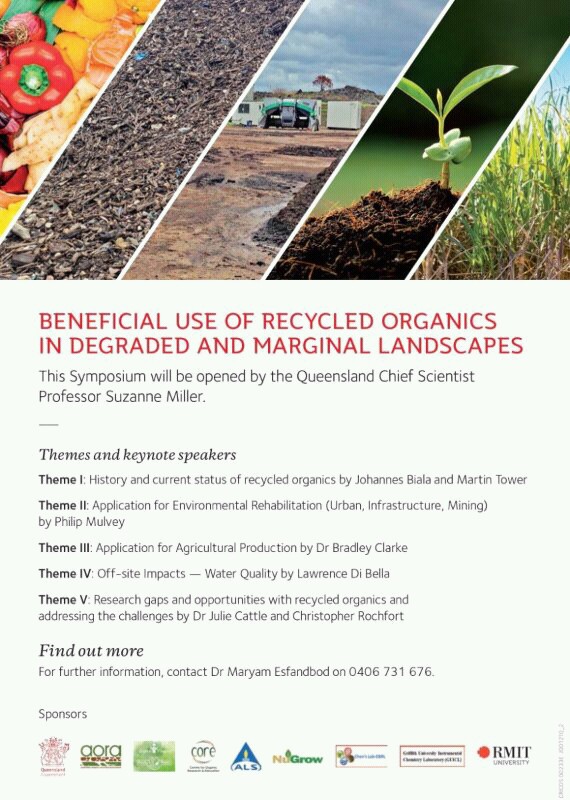
We’re all biased – now we need to admit it
This week is Cereals – a huge arable farming event. Sadly I’m watching from the sidelines of Twitter, but at least things have quickly got interesting.
Our President tells #Cereals17 that we will continue to make the strongest case for regulation based on robust scientific evidence. pic.twitter.com/1F2HrFY34d
— NationalFarmersUnion (@NFUtweets) June 14, 2017
I couldn’t agree more, but the issue is that scientific evidence is complex and not clear cut. Most groups asking for decisions to be made on science have a clear idea about how the evidence should be interpreted. Everyone wants regulation to be based on ‘robust scientific evidence as interpreted by me’.
Take the neonic pesticide debate. The NFU has expressed concern over the ban, including some very sensible points about the need for more evidence. Yet Friends of the Earth point to many scientific studies in their call to uphold the ban.
The different starting points when interpreting scientific evidence are even clear at scientific institutions. Scientists at Rothamsted Research question the ban by arguing for ‘independent, unbiased research’. Even the language used reveals their position – by saying ‘alleged harmful impact on bees’ they are not defining the evidence of harm as being anything more than an allegation.
Their collaborators at the Centre for Ecology and Hydrology take an approach which is far more focussed on bees rather than farmers (they did a really interesting study on this).
When the scientific evidence is sketchy (as it so often is) we bring our biases into how we interpret it. Just because someone is calling for people to use scientific evidence, it doesn’t mean that we should trust their assessment of it.
The Game and Wildlife Conservancy Trust, an organisation which strongly advocates scientific evidence, this week welcomed the appointment of Michael Gove as environment secretary at Defra. Given that history of interpretation of evidence included supporting the badger cull, I was not alone in having the opposite opinion. read on……….
For those of you on LinkedIn you can read the comments in Sustainable agriculture group:
Comment: Please look behind the science:
Well conducted research?
Done and funded by independent bodies?
Researchers have good reputations?
Previous work done?
Repeatable results?
Open mind essential!
Forget your bias for a moment!!!!








.gif)


